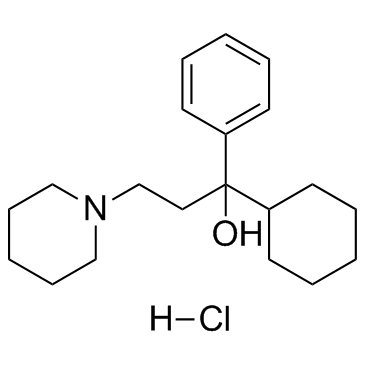| 结构式 | 名称/CAS号 | 全部文献 |
|---|---|---|
 |
FPL 64176
CAS:120934-96-5 |
|
 |
盐酸苯海索
CAS:52-49-3 |
| 结构式 | 名称/CAS号 | 全部文献 |
|---|---|---|
 |
FPL 64176
CAS:120934-96-5 |
|
 |
盐酸苯海索
CAS:52-49-3 |